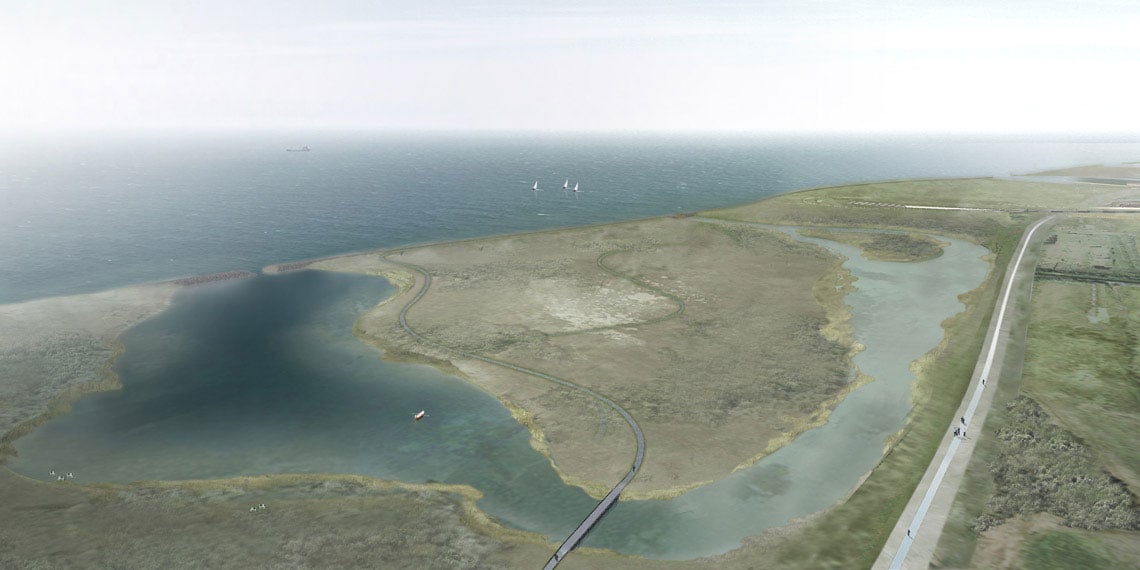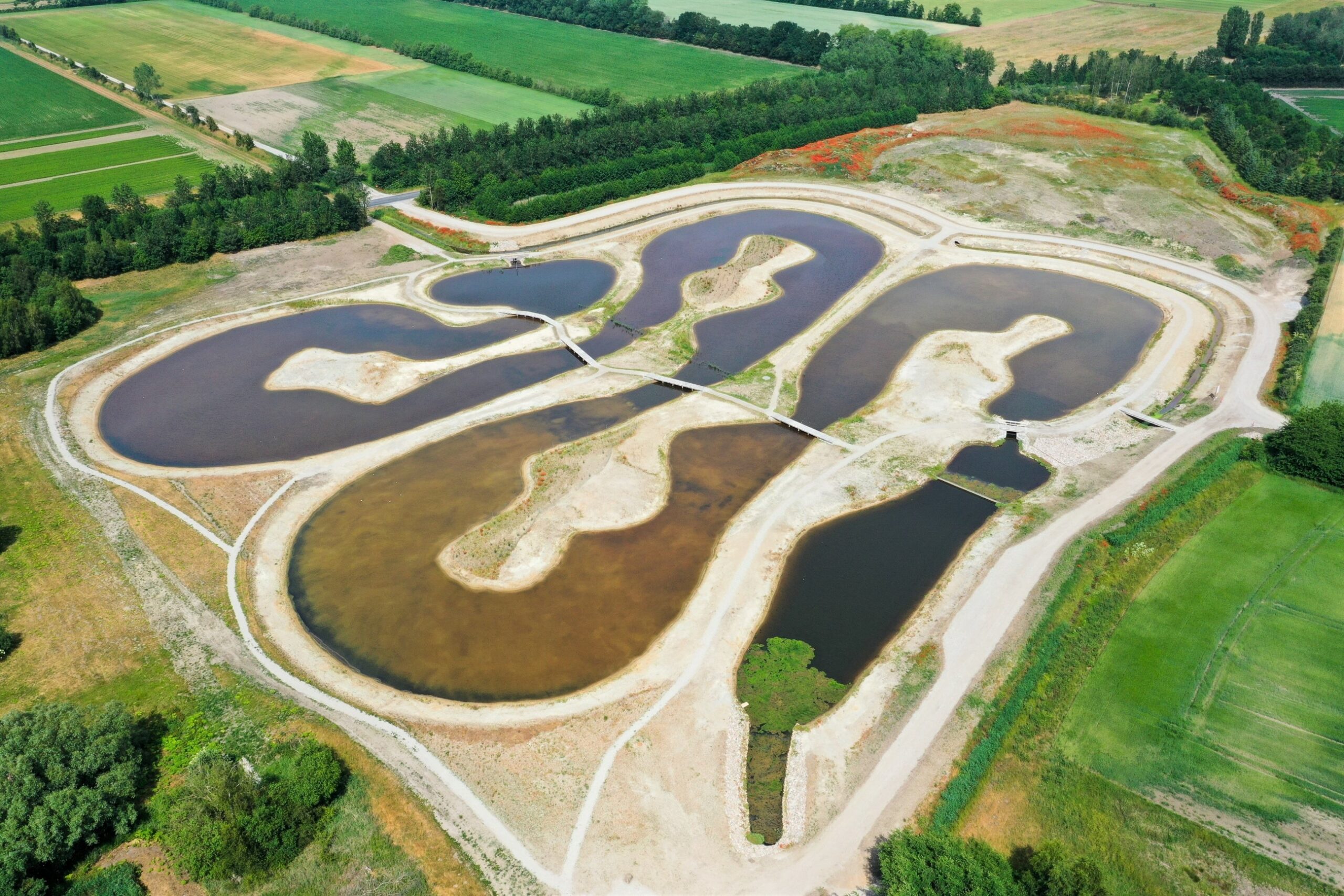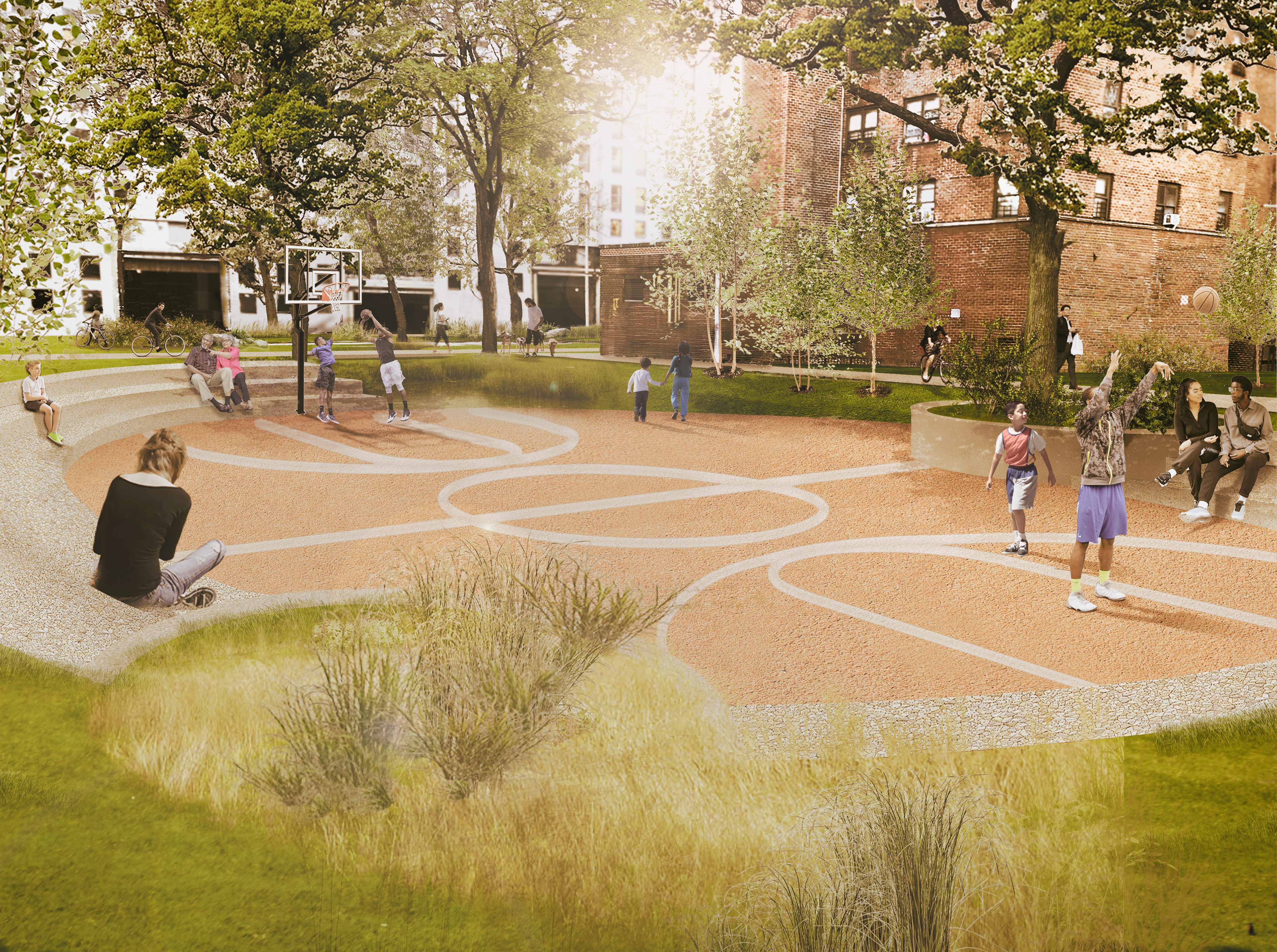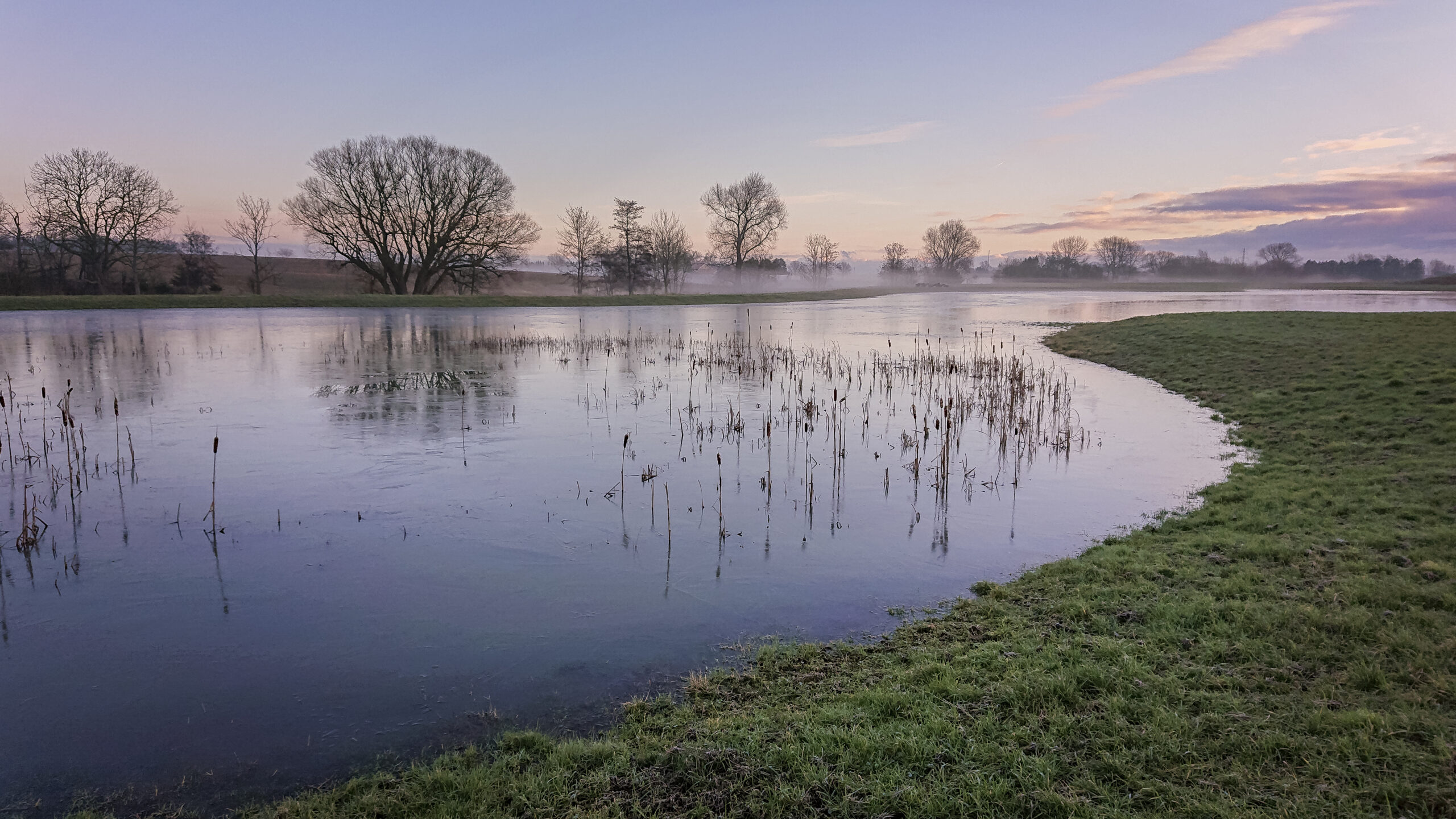News
Climate change adaptation
Sustainable production of blue mussels to fish feed

Industrial production and processing of blue mussels to fish feed enables a sustainable resource that can work as a substitute for fish meal and soy proteins.
In our work with blue mussels as a sustainable resource to future feed and food, we have discovered a huge potential. The mussels are produced with recycled nutrients from agriculture who ends up in the ocean, and the surrounding environment gains from the mussels filtration of microalgae, where they increase water transparency and remove excess nutrients during harvest.
Upscaling of the mussel industry can only be established with care for the surrounding environment. The project has also conducted an environmental survey, and the results are summarised in a 5 min film.
To reduce our carbon footprint even further, we are working to change the Danish food culture into a better use of blue mussels as a delicate and healthy fast food.
In Denmark we export more than 90 % of our blue mussels to other countries. If we learn to eat this valuable and highly sustainable resource rich in protein and fatty acids, we could all help to reduce our climate footprint. This is the focus in our new cookbook presenting 40 recipes with Blue mussels and valuable knowledge on the sustainable and healthy aspect of eating mussels as well as our history in Denmark with blue mussels and the biology and production methods related. The book was published in April 2021.
Image: Montgomery
You should consider reading
publications
Resource efficient production
+15















